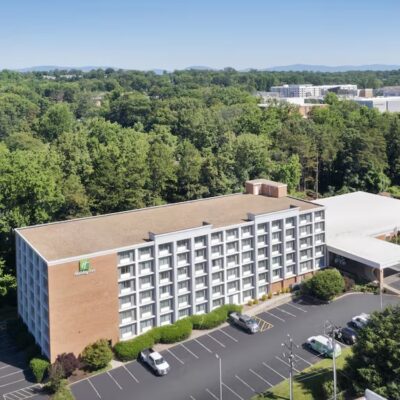On Tuesday, I went to a seminar at the Fifth Street Holiday Inn called Houses That Work. It wasn’t strictly a green-building event, though the Energy & Environmental Building Association was the sponsor and there was a lot of talk about energy efficiency. I’d describe it rather as a chance for builders and architects to really get into the nitty-gritty of how you build a house when your goal is conserving energy. (Anybody got questions along those lines? Post ’em in a comment! Maybe somebody has answers.)
See, you can’t just make a house tight as a drum and congratulate yourself on not wasting energy anymore. Yeah, it’s great to know that the A/C and heat aren’t just escaping through underinsulated walls, and that single-pane windows and energy-hogging appliances have been exchanged for their more modern cousins. But really tight, efficient houses can have moisture problems if they’re not built correctly. As the presenter Gord Cooke kept reminding us, our area gets 40-45" of rain every year, so water is certainly a factor around here (recent droughts notwithstanding).
The day was studded with telling statistics. Did you know that, in a wood-frame house, your standard stud wall is 25 percent wood? That’s important because wood is a bad insulator, so the overall insulation performance of the wall goes down a lot the more wood is used. There are new framing techniques meant to use less wood (also good from the viewpoint of trees).
And did you know that the air inside homes has been found to be 20 times as polluted as the air over a congested highway at rush hour?
Or that the windows in a house account for half of the A/C load required by that house?
Even as we’re getting smarter about building for efficiency, the architecture and planning of new houses makes it harder to build them optimally. Those complicated roofs that are all the rage, in contrast to the simple peaked roof on your parents’ rancher, open more opportunities for water damage. And the fact that houses are bigger, with more windows, yet sitting on smaller lots, means that the movement of moisture in and out of the structure is more of a potential problem. Thus the need for builders to do things exactly right when it comes to applying house wrap, installing insulation and caulking windows.
The good news is, the room was packed with Charlottesville builders (and architects, and some other people) who are educating themselves about these matters. In fact, I’ve never been to a similar event in town that wasn’t packed. So if you’re building a new house locally (and given the economy, why wouldn’t you?) you shouldn’t have any reason to use a builder who isn’t up to date.



